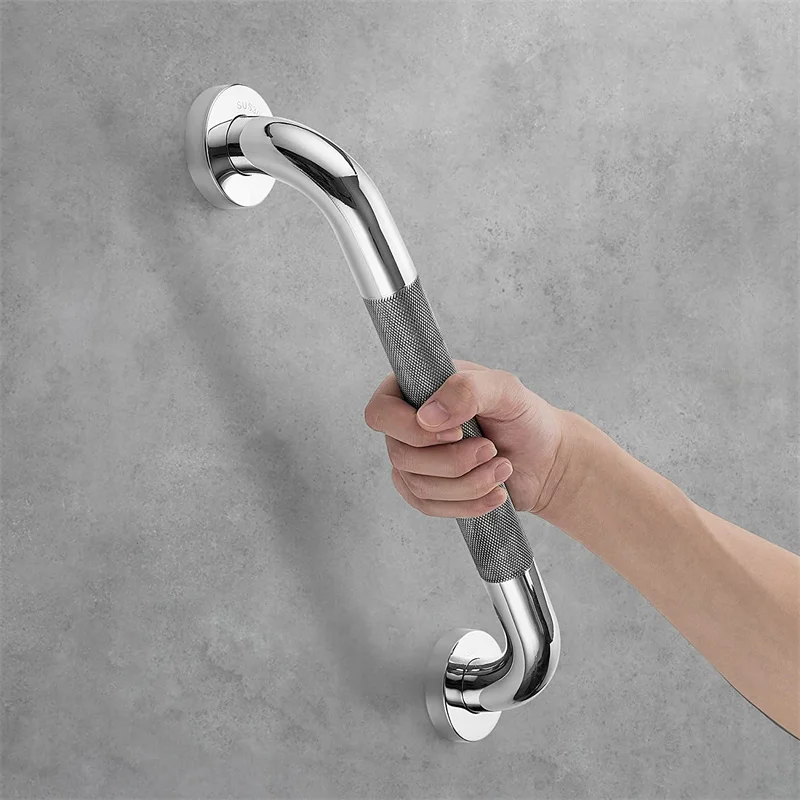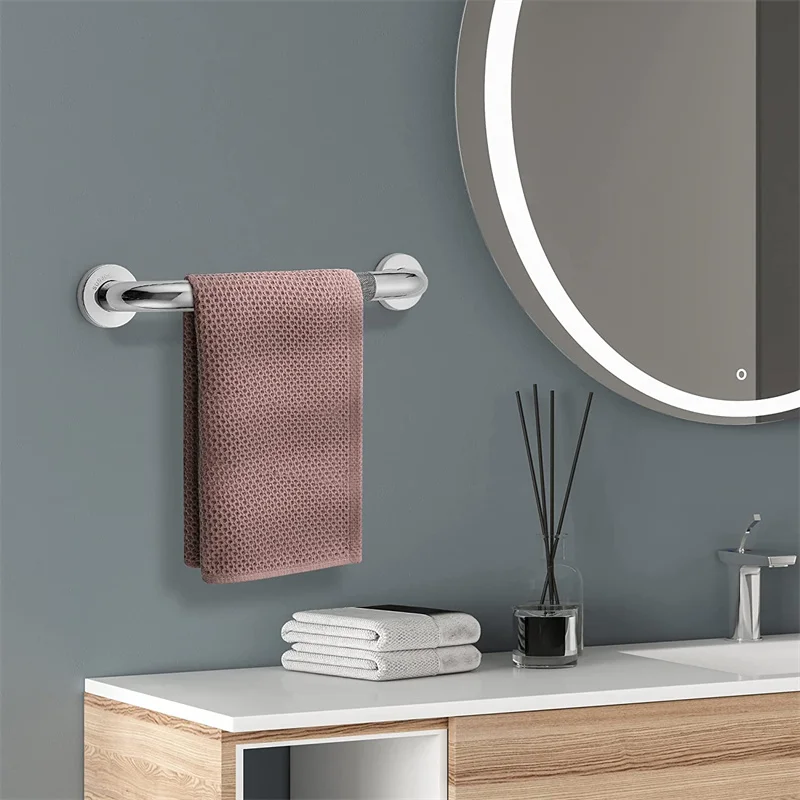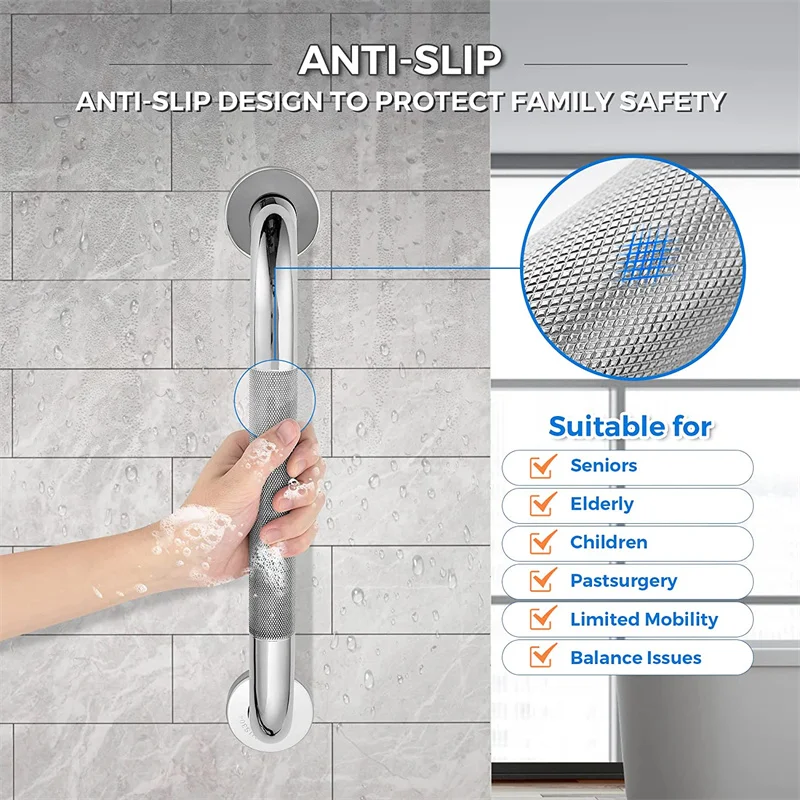Introduction to Shower Handle Repair
Dealing with a broken or malfunctioning shower handle can disrupt your daily routine and lead to unnecessary frustration. It’s essential to understand that shower handle problems are relatively common and can usually be remedied with a bit of DIY knowledge. In this article, we’ll walk you through the most common shower handle issues you might face and provide reliable solutions that you can apply yourself, saving both time and money. We’ll also offer a straightforward, step-by-step guide on how to fix shower handle, whether it needs a simple adjustment or complete replacement.

Before diving into the specifics, let’s start by identifying the tools you’ll need for this project. These typically include an Allen wrench or screwdriver, plumbers tape, replacement parts such as a cartridge or washer, and perhaps a handle puller for more stubborn cases. With your tools ready and this guide at hand, you’ll be well-equipped to tackle any shower handle issue that comes your way.
Remember, while many shower handle repairs are manageable on your own, some situations may require a professional’s touch. We’ll outline these scenarios too, ensuring you know when it’s time to call in an expert. Now, let’s move forward and address the common shower handle issues and the corresponding solutions.
Common Shower Handle Issues and Solutions
A shower handle can bring several common issues, each with practical solutions. Understanding them ensures a smooth repair process.
Dripping Faucet Solutions
A dripping shower faucet wastes water and increases bills. Fix it by shutting off the shower’s water supply. Remove the handle, inspect for a worn cartridge or washer, and replace them. Reassemble and test to see if the drip stops.
Resolving Low Water Pressure in Shower Handles
Reduced water pressure in your shower handle can make showers less enjoyable. Check if low pressure affects other home areas. Clean a clogged showerhead or replace a blocked water filter to resolve the issue.
Fixing Water Temperature Fluctuations
Unsteady water temperatures can be jarring. Adjust the temperature limit stop on your shower valve if available. If unsuccessful, consider replacing the thermostatic shower cartridge that controls water flow and temperature.
Repairing a Leaking Shower Arm
A leaky shower arm connection can cause problems. Stop the water supply, remove the arm, and replace it using plumber’s tape or joint compound for a snug fit. Check for leaks after reassembling.
Dealing with Stuck or Hard-to-Turn Shower Handles
Mineral deposits or corrosion can make shower handles stiff. Turn off the water, dismantle the handle, and soak parts in a vinegar solution. Scrub with a toothbrush, rinse, and reassemble to resolve stiffness.
When trying to fix these issues, remember that using the right tools and parts is crucial. If ever in doubt about a repair, a professional plumber’s help is a wise choice.

Step-by-Step Guide to Replacing a Shower Handle
Preparing for Shower Handle Replacement
Before you begin replacing your shower handle, it’s important to assemble all necessary tools. You will need a screwdriver or Allen wrench, plumbers tape, and possibly a handle puller for tough jobs. Ensure the water supply to your shower is turned off. This prevents any accidental water discharge during the process.
Removing the Old Shower Handle
Start by locating the set screw on the shower handle. It might be hidden under a decorative cap which you can pop off with a tool or fingernail. Use a screwdriver or Allen wrench to loosen and remove the set screw. Depending on corrosion, you may need a handle puller to remove the handle from the valve stem.
Installing the New Shower Handle
Once the old handle is off, clean any corrosion or deposits from the stem and surrounding area. If your new handle is threaded, wrap plumbers tape around the stem to ensure a tight seal. Slide or screw the new handle onto the stem, depending on design. Secure it with the set screw and return the decorative cap if applicable. Turn on the water supply and test the new handle to make sure it operates smoothly and there are no leaks.
Following these steps will help you replace your shower handle effectively, ensuring a fully functional and aesthetically pleasing result.
Tips for Maintaining Your Shower Handle Post-Repair
After you have learned how to fix a shower handle and completed the repair, it’s vital to keep it in good shape. Regular maintenance can extend the life of your shower handle and prevent future issues. Here are simple, effective steps to keep your shower handle functioning smoothly:
- Regular Cleaning: Wipe your shower handle with a gentle cleaner regularly. Avoid harsh chemicals that could damage the finish.
- Inspect for Leaks: Check for drips or leaks often. Catching a leak early can save water and prevent damage.
- Check Water Pressure: Low water pressure can strain your shower valve. If you notice a drop, investigate and address the cause swiftly.
- Lubricate Moving Parts: Apply a non-toxic, silicone-based lubricant to any moving parts if the handle feels stiff.
- Avoid Over-Tightening: When using your handle, turn it gently. Forcing it can wear out parts faster.
- Descale the Shower Head: Mineral buildup can affect water flow. Clean your shower head with vinegar to remove deposits monthly.
By following these tips regularly, you can ensure your shower handle stays in top working condition. This proactive approach can help avoid the need for frequent repairs and offer a more pleasant shower experience.
When to Seek Professional Help for Shower Handle Repair
While many shower handle issues can be solved through do-it-yourself methods, there are times when you should consider calling a professional. Recognizing these situations is crucial to avoid causing further damage and incurring additional costs. Here are clear indicators that professional help is needed:

- Complex Internal Components: If the repair requires dealing with complicated internal mechanisms, like a faulty thermostatic shower cartridge, it’s best to seek a plumber’s expertise.
- Persistent Problems: When the problems persist even after you’ve tried the recommended fixes, a plumber can diagnose and resolve underlying issues.
- Lack of Tools: If you do not have the necessary tools or are unsure how to use them correctly, a professional has the right equipment and knowledge.
- Major Leaks: Significant leaks, especially those involving multiple shower components, can lead to water damage and should be addressed by an expert immediately.
- Safety Concerns: Plumbing often requires specific know-how; if you feel at risk or unsure about any part of the repair process, it’s safer to call a plumber.
By being aware of when to call a professional, you ensure that your shower handle is repaired efficiently and safely, preventing further damage and guaranteeing a fully functional shower.
Conclusion: Ensuring a Fully Functional Shower Handle
Congratulations on reaching the end of your shower handle repair journey! With the knowledge of how to fix a shower handle and the steps we’ve outlined, you should now feel confident in handling common issues and replacing a handle when needed. Here’s a quick recap of what we’ve covered:
- Identified Common Shower Handle Issues: From dripping faucets to temperature inconsistencies and low water pressure, we’ve explored the typical problems and their solutions.
- Provided a Detailed Step-by-Step Guide: We’ve walked you through every stage of the replacement procedure. This included preparing, removing the old handle, and installing a new one.
- Offered Post-Repair Maintenance Tips: Regular cleaning, inspections for leaks, checking water pressure, lubricating parts, and avoiding over-tightening will keep your shower handle working well.
- Outlined When to Seek Professional Help: Knowing when to call an expert is crucial, like for complex components, persistent problems, lack of proper tools, major leaks, or safety concerns.
By taking a proactive approach to repair and maintenance, you can ensure that your shower remains a refreshing and worry-free part of your daily routine. Always use the right tools for the job and never hesitate to consult a professional if you encounter stubborn issues or feel uncomfortable with the repair tasks. Here’s to many more enjoyable showers with a shower handle that works like new!



